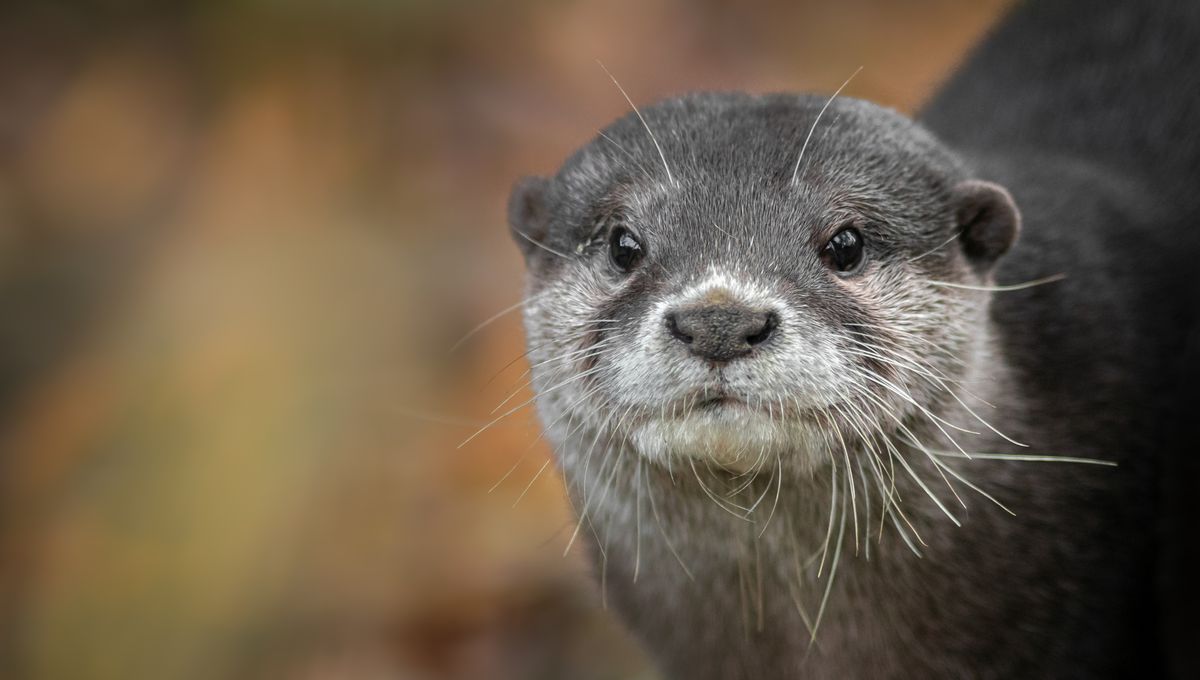
It would be fair to assume that the Asian small-clawed otter (Aonyx cinereus), the world’s smallest otter species, had gone extinct in Nepal. After all, the last time it was officially spotted in the country was 1839 – but now, that’s all changed.
Nepal has historically been home to three otter species: the smooth-coated otter (Lutrogale perspicillata), Eurasian Otter (Lutra lutra), and the Asian small-clawed otter. But while the smooth-coated and Eurasian varieties have gone on to be observed and researched (though the latter’s status was in question for a while), their small-clawed cousins hadn’t been officially documented in nearly two centuries.
There had been some anecdotal reports throughout the years, but nothing concrete. Some had suggested that the Asian small-clawed otter ought to be declared extinct in the country.
Then, in November 2024, a young otter was spotted at the junction between the Rangun and Puntara rivers in Nepal’s Dadeldhura District.
“As it was found in a fragile and injured state, the forest officers decided to feed and nurse it, but they didn’t know which species it belonged to,” Mohan Bikram Shrestha – a wildlife researcher at the Central South University of Forestry and Technology and author of a bulletin on the rediscovery of the otter – told Mongabay.
While aiding its recovery, forest officers took photographs and videos of the otter and shared them with otter researchers, including Shrestha, who passed them on to members of the IUCN’s Otter Specialist Group.
Their conclusion? The first confirmed sighting of an Asian small-clawed otter in Nepal in 185 years. In their bulletin, Shrestha and colleagues called it “a remarkable discovery for conservation in Nepal, ending concerns that the species may have been extinct in the country.”
But that doesn’t mean that it’s time to relax – far from it, in fact. “The sighting highlights the need for detailed study of the status of this species in Nepal and urgent implementation of conservation initiatives,” the authors write.
They point to a number of threats to otters in the region, including river pollution from small-scale mining, unsustainable fishing practices – reducing the amount of food available to the otters – deforestation and habitat degradation, and agricultural runoff.
Nepal is in the midst of developing a national otter conservation plan to tackle some of these issues. Speaking to Mongabay, deputy coordinator of the Otter Specialist Group’s Himalayan region, Sanjan Thapa, concluded, “Now that we have concrete proof that the small-clawed otter is also found in Nepal, we need to incorporate it in our policies and programs.”
The confirmation of the sighting is published in the IUCN/SSC Otter Specialist Group Bulletin.
[H/T: Discover Wildlife]
Source Link: World’s Smallest Otter Species Rediscovered In Nepal After 185 Years